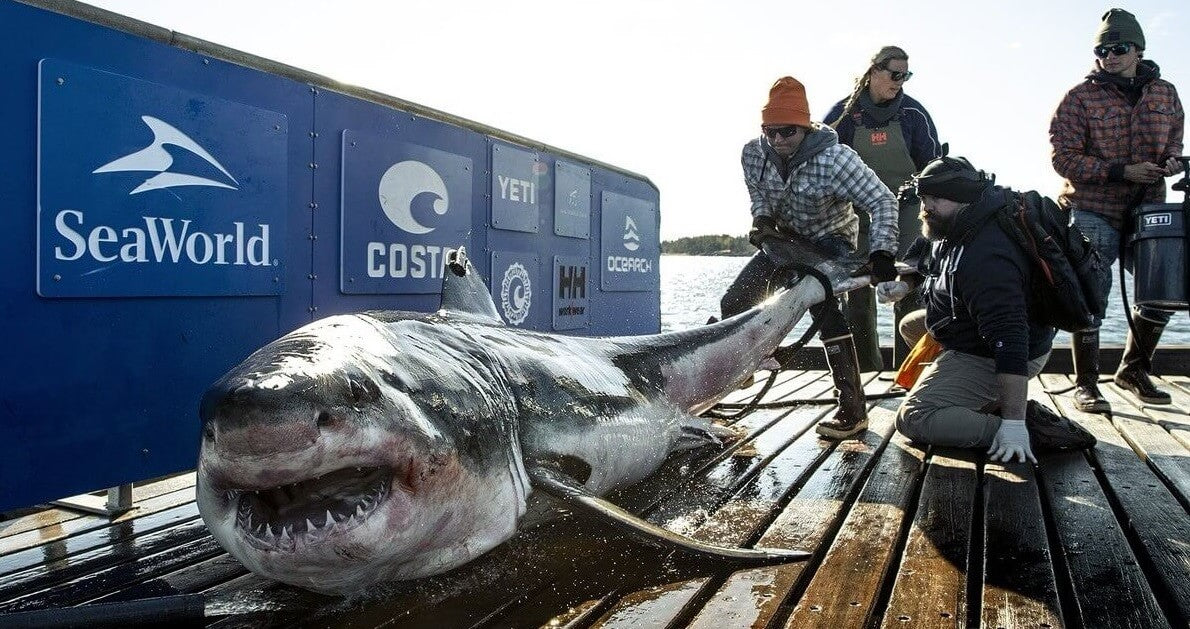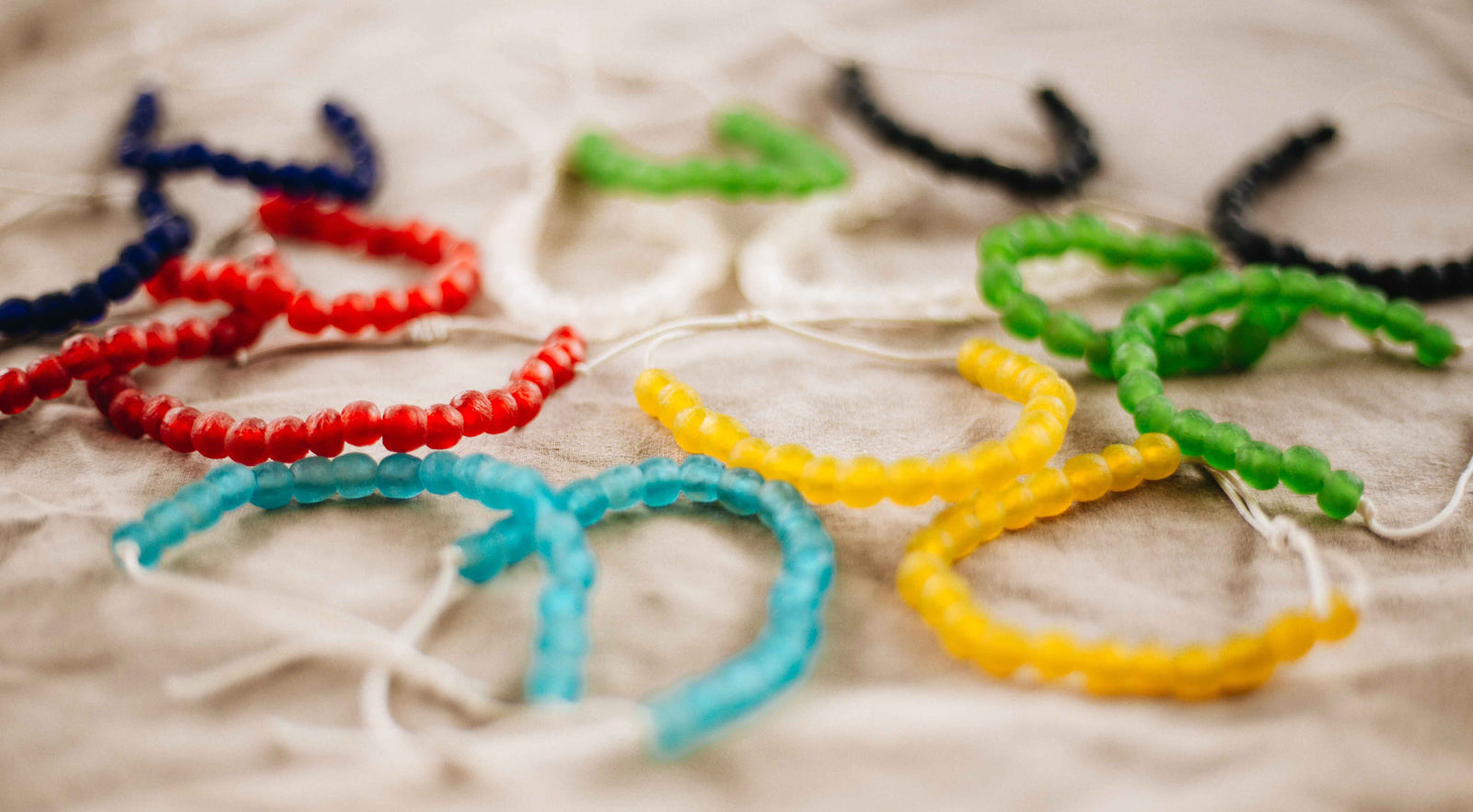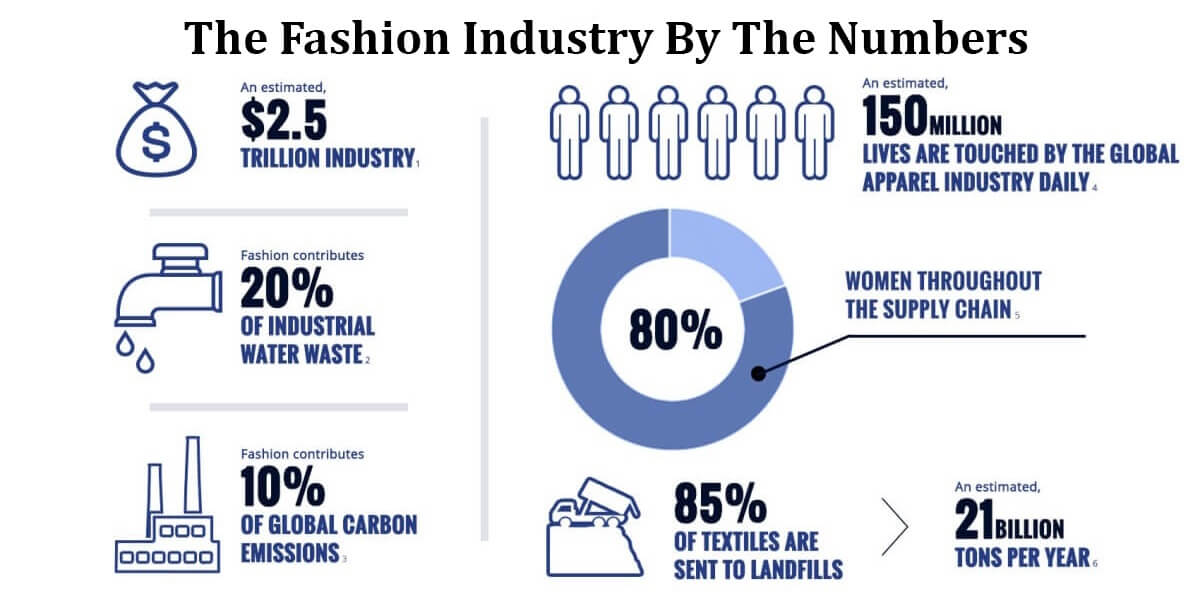Your Cart is Empty
Be the Change You Wish To See In The World!!!
Sharks That Are Being Tracked
Sharks are one of nature’s most powerful, most magnificent sea creatures. They take their place near the top of the ocean food chain. While they are known as fierce predators, they are also endangered by humans. We overfish the waters, hunt sharks for their meat and teeth, and poison them through marine pollution, plastic pollution in particular.
Plastic pollution in the ocean is quickly becoming a global crisis, and sharks are among the sea life affected. Sharks ingest plastic and become entangled in discarded fishing netting and other types of plastic cording. Some recent shark sightings and other news reports have called sharks to our attention, raising awareness of the environmental threats that affect them. Some conservation organizations are advocating for sharks as well as ocean cleanup in general.
Luna and Her Fellow Great White Sisters Raise Questions
Last year, marine scientists working with a nonprofit research group called OCEARCH began tracking a group of great white sharks that were swimming along the North and South Carolina coastline.

Photo by OCEARCH
Researchers identified four of the great whites that they previously caught and tagged. The largest of them was Luna, who was 15 feet long and weighed 2,137 pounds. She is the largest great white shark that OCEARCH has ever caught and tagged since they were founded in 2007.
OCEARCH has tagged 43 sharks in all at that time. Six of the largest ones, Luna included, were all off the Carolinas’ coast. Accompanying Luna was a 12’9” great white called Caroline. She was spotted off the South Carolina shore of Edisto Beach. Trackers also identified another female named Jane, who is 10 feet long and 521 pounds. Jane was off the coast of Buxton, North Carolina. Next was Katherine, a mega great white female, who was off the coast of Charleston and then Georgetown, South Carolina. Katherine is an incredible 14’2” and weighs 2,300 pounds.
 Photo by OCEARCH
Photo by OCEARCH
These sightings followed another one off the coast of Cape Cod, Massachusetts, earlier in the season. The Boston Globe reported that the sight was enough to prompt retailers to pull any shark-related products from the shelves. They were afraid the merchandise would frighten tourists off local beaches.
It is unknown why these great whites clustered near the shores in the Southeast. Luckily, none of them swam close enough to disturb swimmers, though surfers and fishing boats kept a watchful eye.
While this group of great whites so close to the Carolina beaches is a curiosity, the reason they congregated may be an unpleasant one. As the ocean continues to fill with plastic and other toxic pollutants, sea life is being driven from their habitats, and their feeding habits altered.
How Ocean Pollution Is Harming Sharks
By now, most of us are aware that plastic pollution is an epidemic threatening the ocean and marine life. Much attention is placed on the upper parts of the ocean, where plastic floats and makes itself known. We often forget about the deeper regions of the sea, which is also riddled with smaller bits of plastic.
Over time, plastic breaks down into pieces called microplastics, which are any pieces less than 5mm. They aren’t degrading though, only broken down. Sunlight and seawater break down plastic so that it’s more dangerous to smaller sea life, which mistakes it as a food source.
Sea creatures starve because they ingest plastic, which doesn’t pass through the system and leaves no room for actual nutrition. Even the smallest species like zooplankton are consuming microplastics.
Sharks Ingest Plastic
Sharks ingest plastic as well, though the effects of that merit more study. In 2002, a study found that 28,687 large sharks were caught between 1978 and 2000. They became ensnared in the nets used to protect beachgoers in KwaZulu-Natal, South Africa. Over this time, 60 of the sharks had ingested plastic debris. Of these, 38 were tiger sharks. In 2013, a study found that the Brazilian sharp nose shark stomach contents were 33% small, pellet size plastic.
The plastic crisis also impacts filter-feeding sharks because they take in microplastics when they feed. Feeding sharks intake food by opening their mouths and taking in water, then straining food from the water. Inevitably, they are taking in microplastic and its associated toxins like phthalates and heavy metals. Such toxins threaten sharks’ health. They affect their hormones, which control growth, metabolism, and reproductive functions.
Sharks can also become entangled in larger plastic debris like cord, plastic loops, and discarded fishing nets. Getting tangled means they have trouble swimming, catching food, and avoiding predators. These marine animals can also get wounds, such as deep cuts, from this plastic, which can lead to infections. The 2002 study above also found that 53 of the sharks studied had polypropylene strapping bands around their bodies.
While plastic pollution isn’t the only threat sharks face, it’s one that’s quickly becoming a global epidemic. Sharks are also endangered by unsustainable overfishing, for example. However, plastic pollution is an ever-increasing threat to all shark species.

Photo by OCEARCH
The Shark Bracelet
At Bead the Change, we support ocean conservation as well as projects dedicated to protecting sharks, one of the sea’s most magnificent creatures. For example, one of our most popular charity bracelets is our Ocean Cleanup Bracelet, which supports The Ocean Cleanup. The Ocean Cleanup is a nonprofit organization dedicated to ridding the area known as the Great Pacific Garbage Patch of plastic waste.
Ten percent of every ocean bracelet purchased goes to this organization. This save the ocean bracelet is made of beautiful turquoise glass beads made from recycled glass bottles. Even the cord is made from reclaimed plastic water bottles.
We are also proud to announce that we are expanding our ocean plastic bracelet line to include our upcoming Shark Bracelet. We have designed our Shark Bracelet with beautiful opaque clear beads made from recycled glass bottles. Also, the elastic cord makes the bracelet one-size-fits-all, perfect for men and women alike.
Our new line of bracelets will support the Sea Shepherd Conservation Society, which is an international marine conservation organization. They defend, conserve, and protect ocean wildlife from environmental destruction.

Comments will be approved before showing up.
In short, ethical fashion works toward the social good of society. It takes into account the workers who make the clothing industry possible. This includes everyone from the farmers who grow the fabric to the garment workers who stitch the pieces together. These efforts go beyond the surface we see as consumers. Rather, social good is deeper than the public image. A brand must take care to ensure fair wages, maintain fair trade certifications, and provide healthy working conditions. The ethically responsible brand invests in its people as much as it does its product, if not more so.
Now, you never have to tuck your jewelry away because it needs a deep cleaning. You can keep your jewelry sparkling yourself using eco-friendly cleaning agents you probably already have around the house.
Here are a few cleaning options that don’t involve harsh chemicals.



